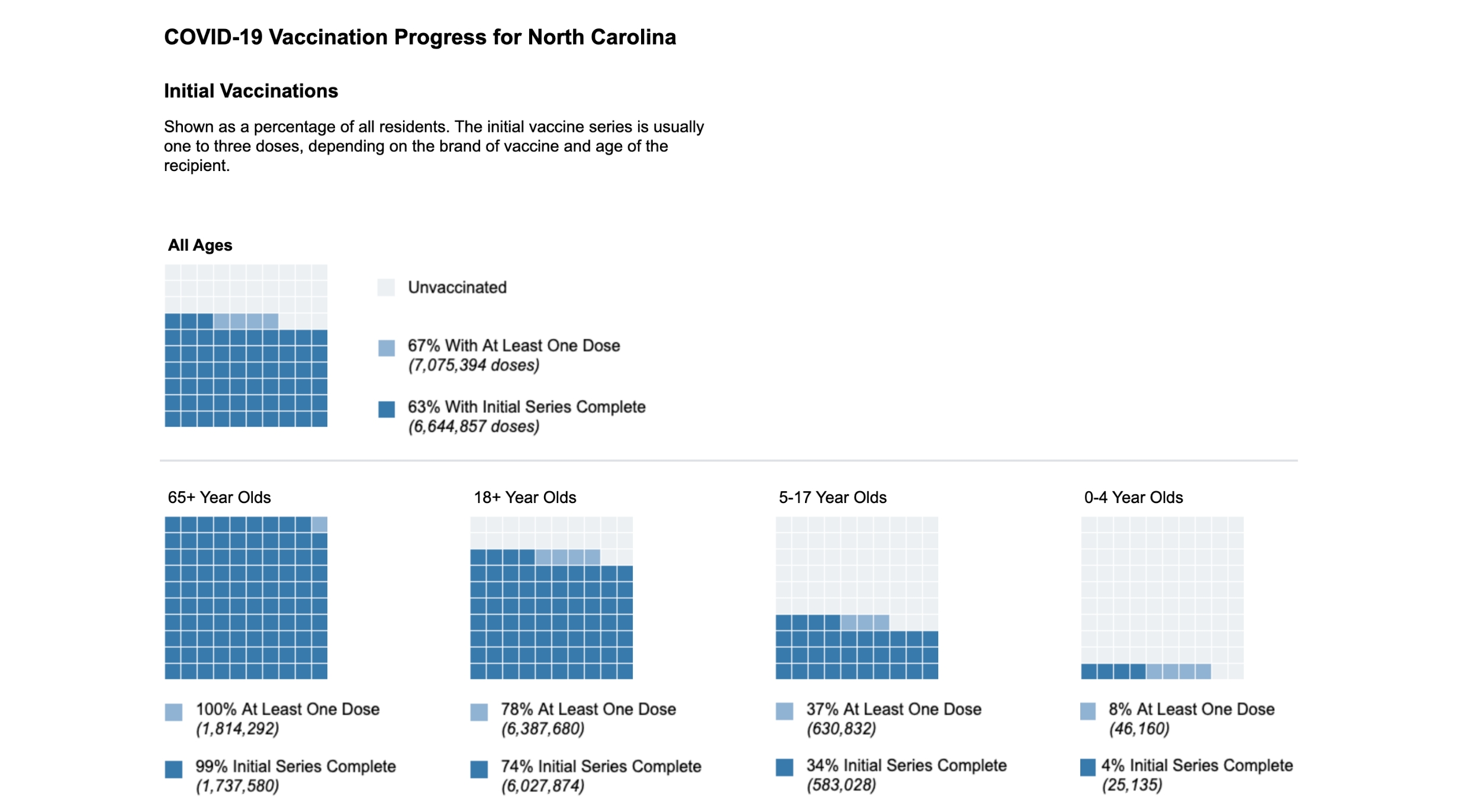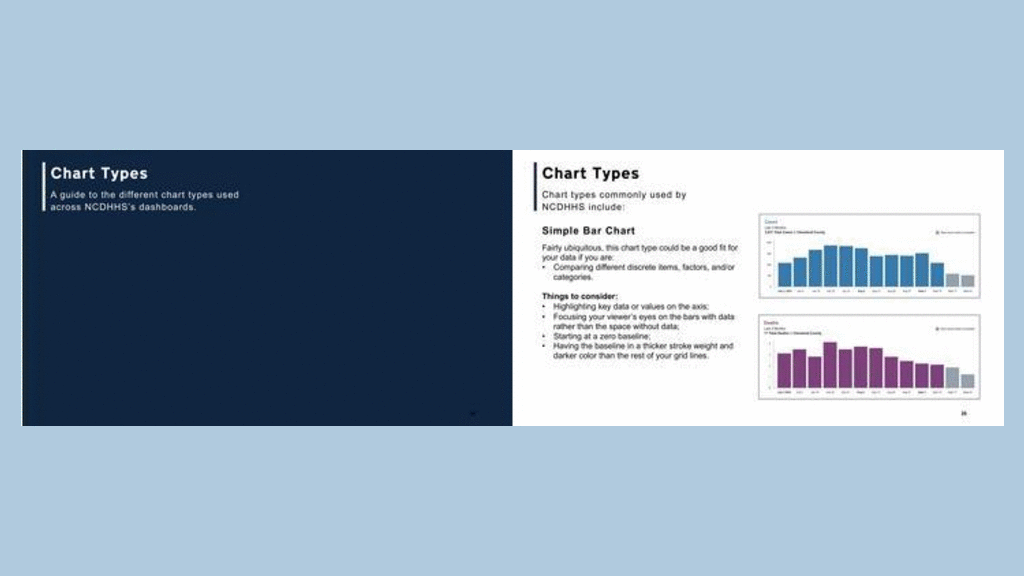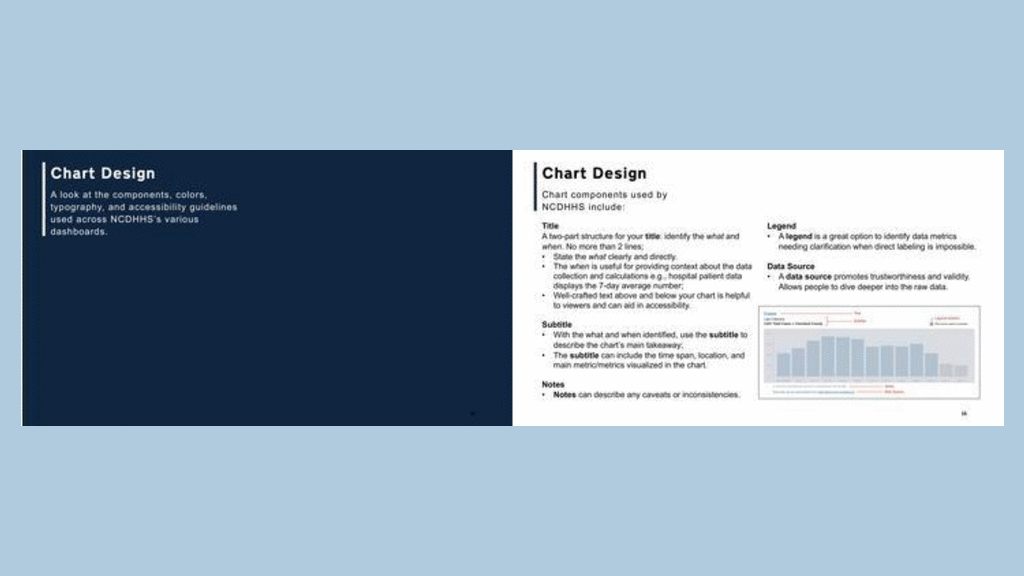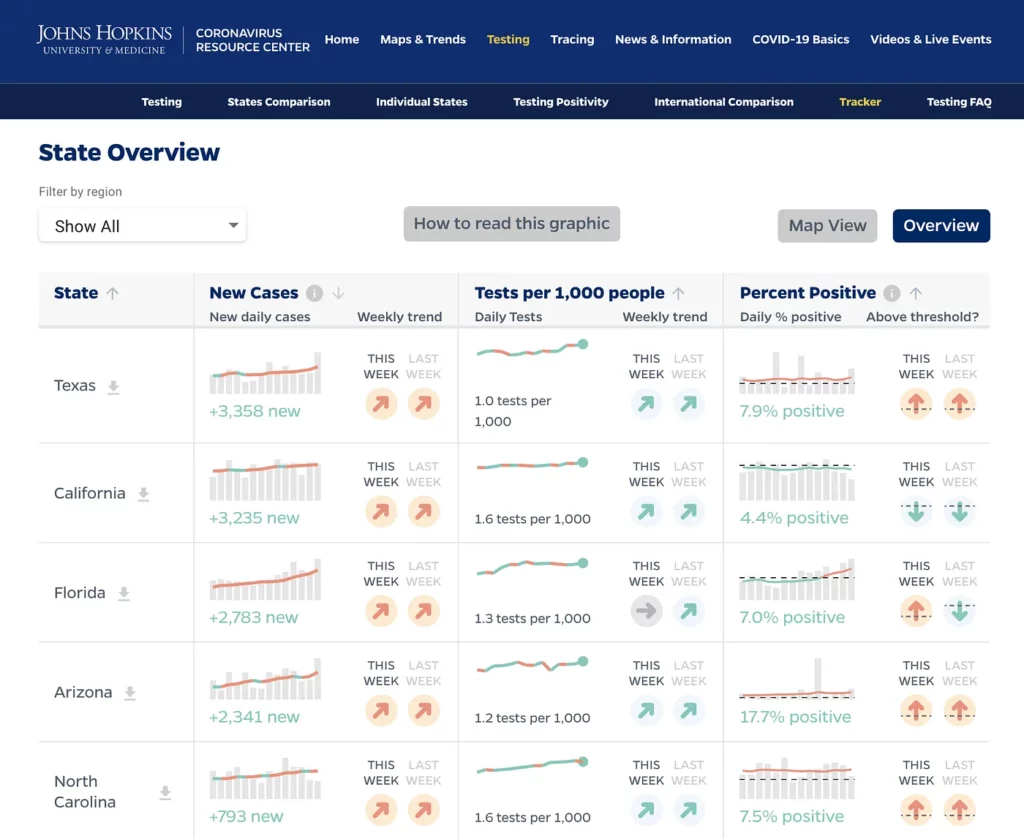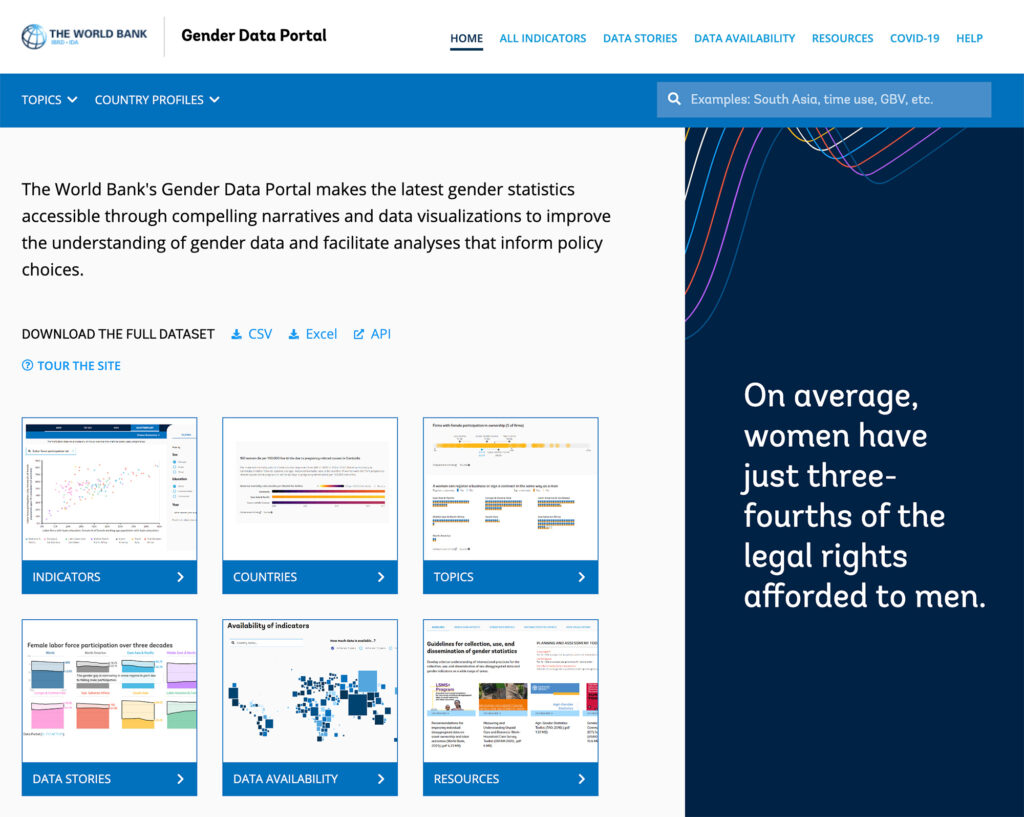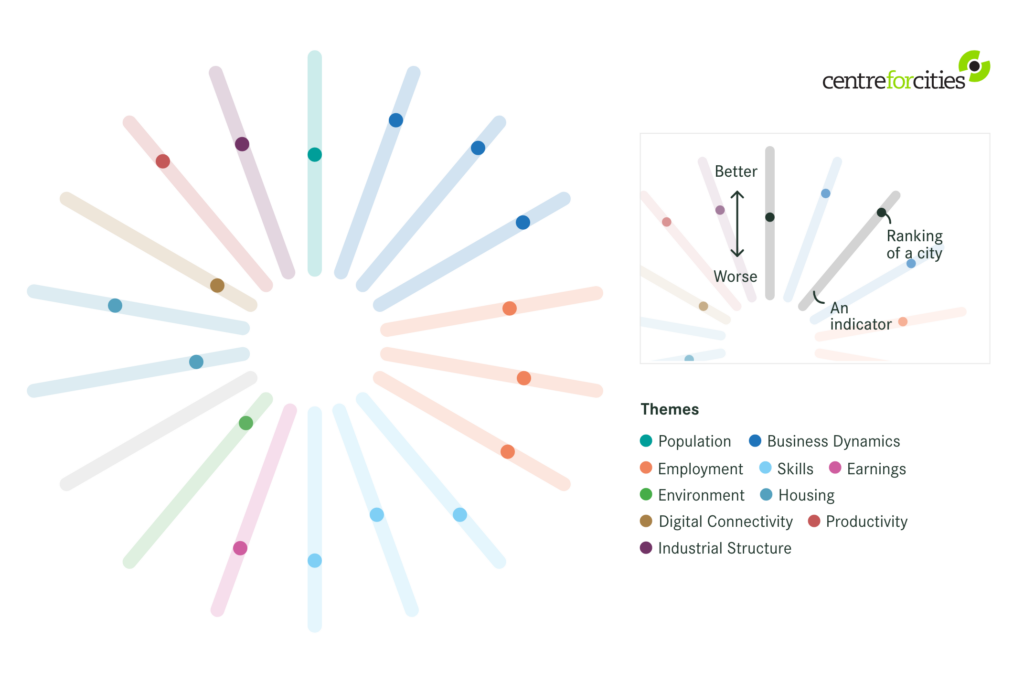To give the data a more humanizing feel, the experts at Graphicacy worked with the North Carolina team to redesign the dashboard visualizations from the ground up. Graphicacy went beyond creating robust and insightful dashboards, however. Since pandemic data continued to evolve, Graphicacy also helped the NC team prepare to accommodate data changes—and gave them a roadmap for how to provide the best visualizations in the future.
North Carolina has set the example for other states by creating COVID dashboards that help guide their pandemic response, using timely data sets and a combination of key metrics. The dashboards cover areas such as:
Graphicacy’s visualization team created a cleaner interface, with an easy-to-use, hierarchical view that includes a filter panel and charts below. We also focused our redesign on humanizing data that is somber in nature, so that each data point represents a person.
We thought through how to best ‘disaggregate’—asking :how can we best separate out particular summary statistics?” The original NC dashboard used bar charts. Graphicacy proposed waffle charts to give more perspective to the parts of a whole, with each square representing a number of people within the population. The new focus helps to illustrate progress made to vaccinate North Carolinians against COVID-19.
For vaccines, it’s important to draw on insights that can be viewed in a variety of analytical slices and disaggregations: an integral part of making sense of vaccination rates is seeing it broken out by age groups. Graphicacy’s dashboard view gives enhanced breakdowns and age buckets that align with when age groups become eligible for vaccines.
The effect is a more direct feel, which can be helpful in promoting equity. We switched from a wide color palate to a narrower one, so that users focus more on the data and don’t try to remember colors for a certain group.
